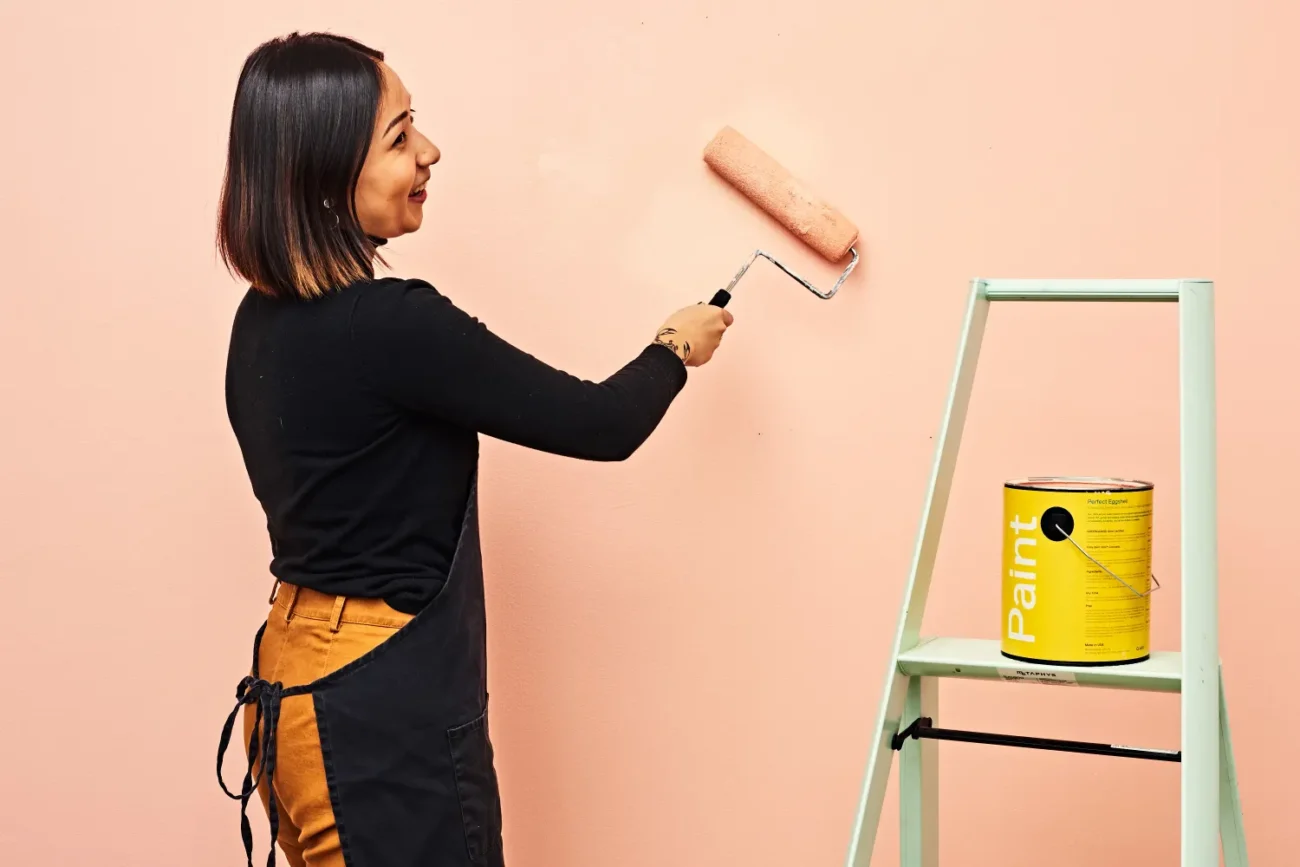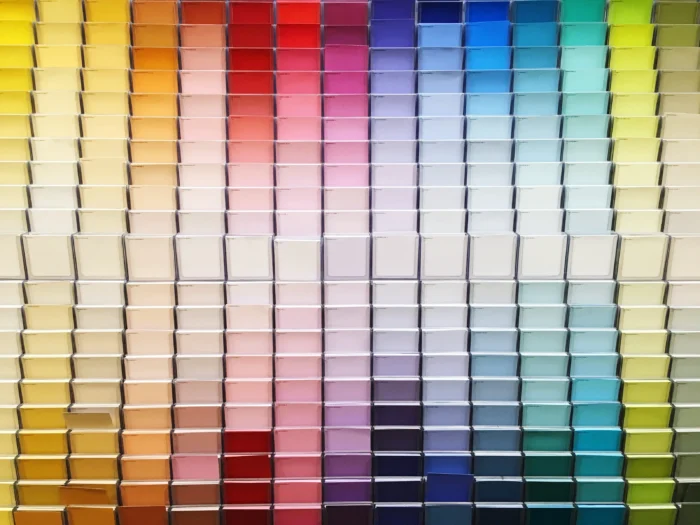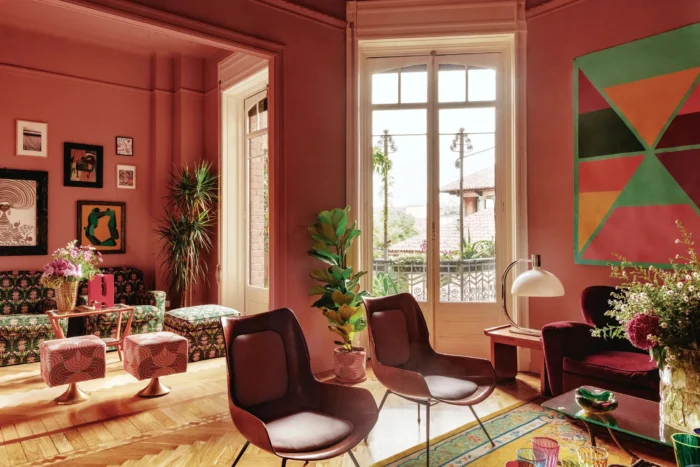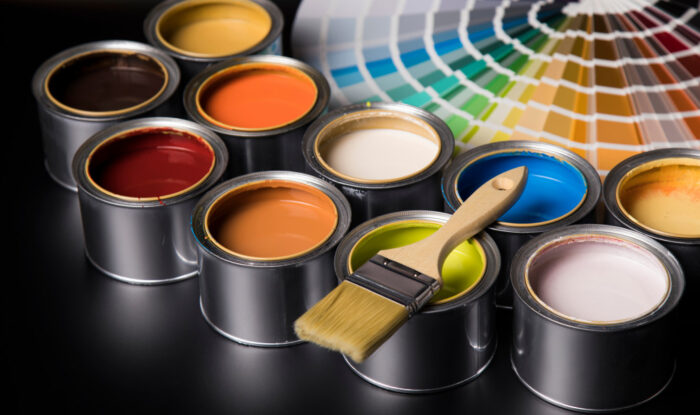
Choosing the ideal paint color for your interior space can be a daunting task. With so many different shades, sheens, and hues to choose from, it can often be difficult to know where to start. Whether you are looking for a soft neutral shade or a bold statement color to brighten up an understated room, taking the time to consider all of your options will ensure that you make the right decision.
Identifying Your Interior Space
The first step to selecting the right paint color for your residential painting project is to identify and understand the actual space you’re working with. Is it a bedroom, a bathroom, a kitchen, or some other space? Each room has different lighting and functional needs that should be taken into consideration. And even within one room, there may be multiple spaces or purposes- such as a dining area or sitting area- that need to be treated differently when choosing paint colors.
For instance, in living room design: light tones will make a space feel larger and can brighten up the area for an energizing look, while darker colors will provide more depth and contrast, making a room appear cozier and allowing architectural details to stand out. Similarly in dining rooms: cool blues are often used to evoke a calming atmosphere while brick reds invoke more vibrancy and warmth around different types of wood furniture.

Evaluating Your Current Color Scheme
Take an inventory of the colors currently in your room before you choose a new paint tone. For example, if you have green furniture, maroon drapes, and beige carpeting, consider looking for options that work with those three existing colors. Also, observe color combinations that draw the eye and carefully consider whether making changes would result in a desirable palette.
You may want to add some accents to your walls and ceiling once the paint is dried to help reflect the theme of the room and provide greater visual interest.
Once you have identified the existing scheme or perhaps made some adjustments to it, you are ready to begin exploring paint options. Begin by taking note of what is already in your space and identifying any patterns or themes in relation to its décor.
Choosing the Right Palette
Choosing the right color palette for your interior space can be a daunting task. There is a multitude of options available, and it can be difficult to decide which approach will best suit your design needs. However, there are several key considerations to keep in mind in order to make the selection process much easier.
Choose a scheme that matches the room’s function and your own personal preference. If you’re painting a bathroom or kitchen, consider selecting colors that reflect those spaces’ functions; energy and brightness can be achieved through brighter shades like blues and yellows. Similarly, warm tones like yellows and oranges are energizing for living rooms and dining rooms.
Consider also the undertones of each color – for instance, tans might be flecked with reds or greens depending on their hue – as these add nuance to an interior space. Additionally, if you desire a classic look consider using neutrals as they create an inviting atmosphere without overpowering your aesthetic choice.

Understanding Color Psychology
Different colors evoke different reactions in people, so understanding how certain tones can affect emotions and behaviors is key to making the right choice. Here are some common theories to consider when choosing an interior paint color:
• White
White is often seen as a symbol of purity and innocence and has been used in some cultures for centuries to represent those concepts. In interior spaces, white can create an airy, spacious feel full of possibility.
• Blue
Blue is associated with relaxation and tranquility, communicating calm energy and focus. Shades of blue can also be used to evoke a sense of balance or serenity in any environment.
• Red
Red symbolizes intensity, excitement, passion, strength, action and power — it’s perfect for creating impactful spaces where you want to draw attention or express creativity.
• Yellow
Yellow has positive connotations such as joyfulness, happiness optimism — it’s an ideal choice if you want your space to be uplifting or stimulating. It’s important to note that too much yellow can cause anxiety as well so proceed with caution!
• Green
Green is known for being calming while also representing growth or prosperity — its natural hues are great for bringing bursts of life into any room while helping maintain feelings of peacefulness at the same time.
• Orange/Purple
Orange may give off a feeling of vibrancy energy but might be slightly less calming than other shades like blue or green; purple may create more intimacy or luxury depending on the tone chosen but it could also make guests feel overwhelmed if overused in large doses.

Applying Paint Color to Your Interior Space
Before proceeding with the project, consider gathering samples of various colors and painting them on localized sections of each wall or room in order to see how your choice reflects under different lighting conditions. Doing this will also give you an idea of what goes well with your existing furniture and décor.
In addition to assessing individual colors, you may also choose to apply two or more tones in select areas of your interior space to achieve visual texture. Color blocking – where two or three walls are painted with different colors – can be effective depending on the desired effect you want to create in smaller rooms. If painting an entire wall does not seem feasible then applying striping patterns can give an interesting and attractive look to some types of spaces including hallways and stairwells.

Finalizing Your Choice
Choosing the perfect paint color for your interior space can be an intimidating process. With the seemingly endless array of colors, it is important to take your time and consider all the available options before settling on a final choice. By properly researching, understanding, and selecting the best color for your needs and desires, you will ensure that the space you create is truly yours.
Once you have narrowed down your favorite choices among the various paint colors available, it is time to make a decision.






